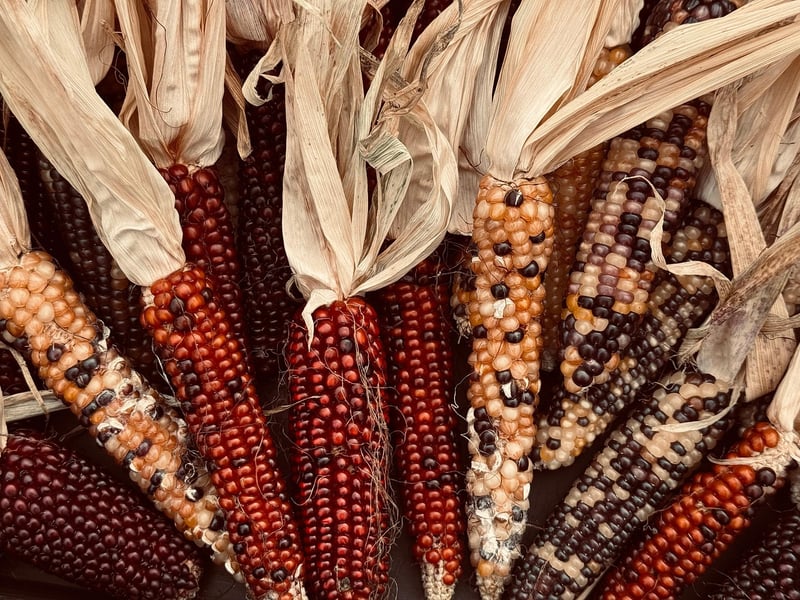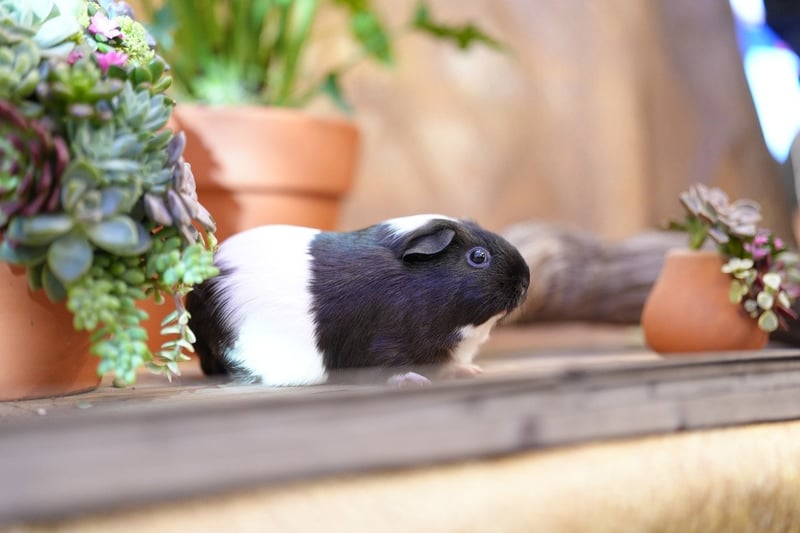Companion Planting
Expert Advice for Success with Companion Planting
Companion planting is a gardening technique where different plants are grown together to benefit each other in various ways. Whether you're a beginner or a seasoned gardener, understanding the principles of companion planting can help you achieve a more bountiful and healthier garden. Here are some expert tips to guide you towards success.
1. Understanding Plant Relationships
Plants have complex relationships with each other, and certain combinations can help repel pests, attract beneficial insects, improve soil fertility, and enhance overall growth. Before you start companion planting, research which plants work well together and which ones should be kept apart.
2. Diversity is Key
Plant a diverse range of species in your garden to create a balanced ecosystem. By mixing different types of plants, you can help reduce the risk of pests and diseases spreading rapidly. Diversity also promotes soil health and enhances pollination.
3. Utilize Plant Properties
Some plants have natural properties that can benefit nearby crops. For example, planting aromatic herbs like basil and mint can help deter pests, while nitrogen-fixing plants like legumes can improve soil fertility for neighboring vegetables.
4. Consider Growth Patterns
When planning your garden layout, consider the growth habits of each plant. Avoid shading smaller plants with taller ones, and ensure that sprawling varieties have enough space to spread without overcrowding other crops.
5. Crop Rotation
Rotate your crops each season to prevent soil depletion and minimize pest buildup. Companion planting works best when combined with a thoughtful crop rotation schedule to maintain soil health and optimize plant growth.
6. Monitor and Adapt
Observe your garden regularly to see how your companion plantings are performing. Be prepared to adapt and make changes based on your observations. Not all plant combinations will work as expected, so flexibility is key to successful companion planting.
By following these expert tips and experimenting with different plant combinations, you can harness the power of companion planting to create a harmonious and productive garden.

For more information on companion planting and to explore various plant combinations, check out The Old Farmer's Almanac Companion Planting Guide.
